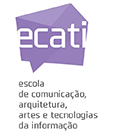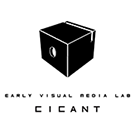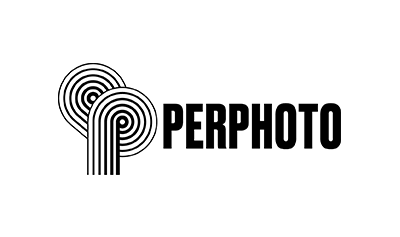Photographic Documentation of Cultural Heritage: Case Study #1 – Wet Collodion – Carlos Relvas [EN]
Rodrigo Peixoto e António Coelho
The photographic documentation of cultural heritage and its availability for consultation and research in a digital and decentralized way is increasingly important for an idea of a common European space based on a shared cultural heritage. This concern is expressed in the CE Cultural Heritage report.
The creation of specific protocols is of the utmost importance for the creation of quality digital files. Supported by existing protocols – Metamorfoze and FADGI – and in collaboration with the European Stereo Masters: Carlos Relvas project, a protocol was developed for Carlos Relvas’ wet collodion originals (and ambrotypes). The article’s authors are unaware of another example of a case study that addresses the reproduction of 19th century glass transparencies on collodion. The importance of photographic archives (and the fragile nature of their originals) makes the creation, publication and institutionalization of these protocols urgent, guaranteeing technologically resilient images that can be used, now or in the future, with the certainty of maintaining a verifiable relationship with the original, independent of subjective interpretations or individual preferences. We propose to present the protocol developed by us sharing problems and solutions in the following fields:
1- Administrative Calibration a) Workflow and database management b) Titleing of the original c) Derivative editing and post-production
2 – Secondary digitization a) Measurement of light in the reproduction of wet collodion plates and ambrotypes. b) Preliminary measurement and Workflow for transparencies. c) Reproduction and workflow adapted to the technical characteristics of the original. d) White Balance (measurement with spectrophotometer).
Organization


Partners





Campo Grande, 376, 1749 - 024 Lisboa | Tel.: 217 515 500 | Fax: 21 757 7006
Copyright © 2021 COFAC. Todos os direitos reservados. Gestão de conteúdos por Producao Multimédia
